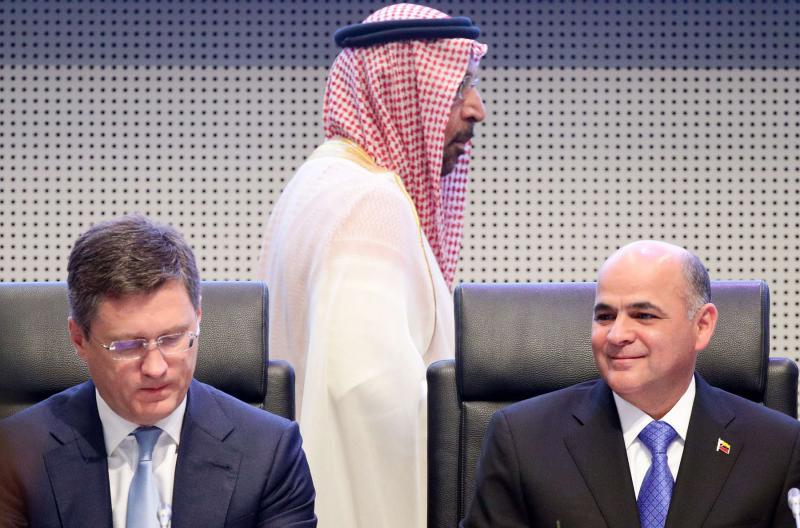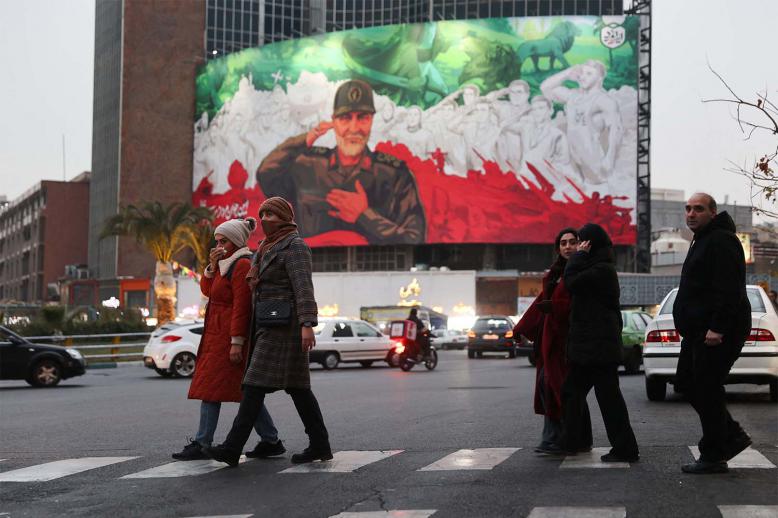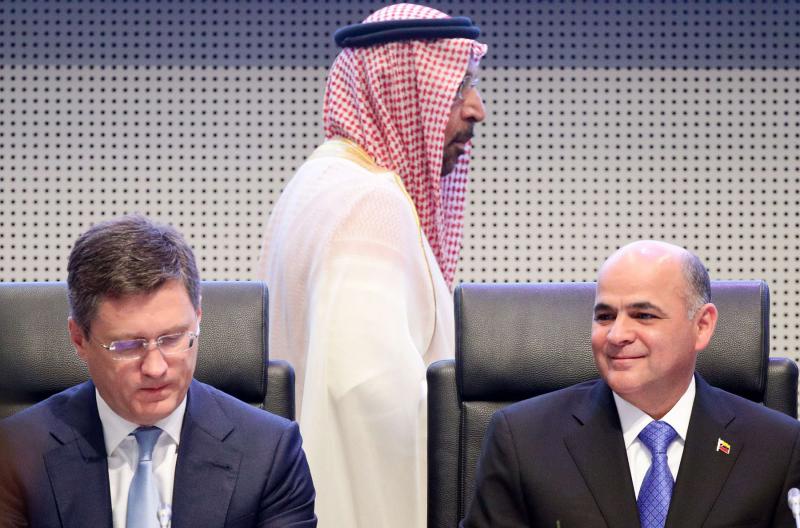Extensions of output cuts raise questions about OPEC’s future
OPEC ministers and their independent producer counterparts agreed to extend output cuts into the spring of 2020 following a controversial meeting in Vienna that included one prominent OPEC minister warning about the potential “death” of the 59-year-old oil cartel.
The increasing collaboration between OPEC kingpin Saudi Arabia and independent producer Russia and Moscow’s growing influence on the cartel’s decision-making is rankling other OPEC members, particularly smaller members of the organisation that have been chafing at Saudi Arabia’s dominant role.
This did not stop OPEC from solidifying its relationship with its non-OPEC partners through a Charter of Cooperation, which Saudi Oil Minister Khalid al-Falih called a “historic document.” The charter will require approval from individual governments.
Faced with an economic climate coloured by trade wars, fear of a global recession and worries that crude supplies next year will exceed demand, the OPEC+ group agreed to roll over production cuts of 1.2 million barrels per day (bpd) that were implemented in January for another nine months, to March 2020.
Despite those deep cuts and US oil sanctions on OPEC members Iran and Venezuela taking a steep toll on their crude sales, oil prices have not reached levels deemed satisfactory to Riyadh and others because, in great part, of US shale production soaring to record levels.
It’s been commonplace for oil pundits to periodically predict the figurative “death” of OPEC for various reasons: the organisation’s perceived irrelevance in the oil markets, its inability to respond to market conditions and divisiveness within the group’s membership. However, it is highly unusual for an OPEC minister to caution about the cartel’s metaphorical demise — and even more striking when the minister in question is as prominent and long-serving as Iranian Oil Minister Bijan Zanganeh.
Zanganeh was clearly peeved that Saudi Arabia and Russia reached agreement on a production cut extension at the G20 summit before the July 1 meeting of OPEC ministers and the July 2 session between the cartel and its non-OPEC allies.
Speaking July 1, Zanganeh stated that “the main challenge to OPEC is unilateralism,” a clear swipe at Riyadh’s increasingly close collaboration with Moscow on collective production decisions. Zanganeh went on to say: “Iran won’t leave OPEC but I believe OPEC is going to die. It’s going to die with these processes.”
OPEC began coordinating with a Russian-led group of independent oil producers in 2017 on output cuts to push international oil prices up. The 1.2 million bpd reduction agreement reached last December by OPEC+ excludes sanctions-hit Venezuela and Iran as well as war-torn Libya and helped prices rise 25% since the beginning of 2019.
That agreement called for OPEC to account for 800,000 bpd of the cuts, with the non-OPEC contingent responsible for the remaining 400,000 bpd. Saudi Arabia has maintained its oil output at levels consistently below its quota to help elevate international oil prices.
The Trump administration’s sanctions targeting Caracas contributed to a loss of around 370,000 bpd of Venezuelan crude exports since the start of 2019. Renewed US restrictions on Tehran resulted in Iranian oil exports reportedly tumbling more than 2 million bpd from pre-sanctions’ levels.
In announcing the elimination of sanctions waivers for Iran’s top eight customers that took effect in May, the US administration said it would work closely with Saudi Arabia and the United Arab Emirates to ensure market stability.
The reality is that booming US oil production has helped cap oil prices as global demand estimates for 2019 have been revised down and the increase in American crude output will likely contribute to an oversupplied oil market in 2020. US crude output hit a monthly record in April, reaching 12.16 million bpd. The United States became the world’s largest oil producer in 2018, overtaking Russia and Saudi Arabia.
In its June oil report, the International Energy Agency (IEA) suggested that US oil production would be the largest contributor to the expected non-OPEC supply growth for next year, with non-OPEC growth rising from 1.9 million bpd in 2019 to 2.3 million bpd in 2020.
In line with assessments by other financial institutions and oil trackers, the IEA revised its oil demand growth estimate for 2019 downward by 100,000 bpd to 1.2 million bpd. The agency said oil demand will rebound slightly next year for a 1.4 million bpd growth.
Given the higher non-OPEC supplies for next year and somewhat tepid global demand, the IEA reduced its “call” or requirement for OPEC crude in 2020 to 29.3 million bpd, 650,000 bpd less than the cartel’s May output.
Should the cartel and its non-OPEC allies maintain lower output in pursuit of higher oil prices as US shale production continues to dominate, OPEC is facing the real prospect of seeing its oil market share slide to less than 30%, something that hasn’t happened since 1991.
Jareer Elass is a Washington-based energy analyst, with 25 years of industry experience and a particular focus on the Arabian Gulf producers and OPEC.
This article was originally published in The Arab Weekly.







